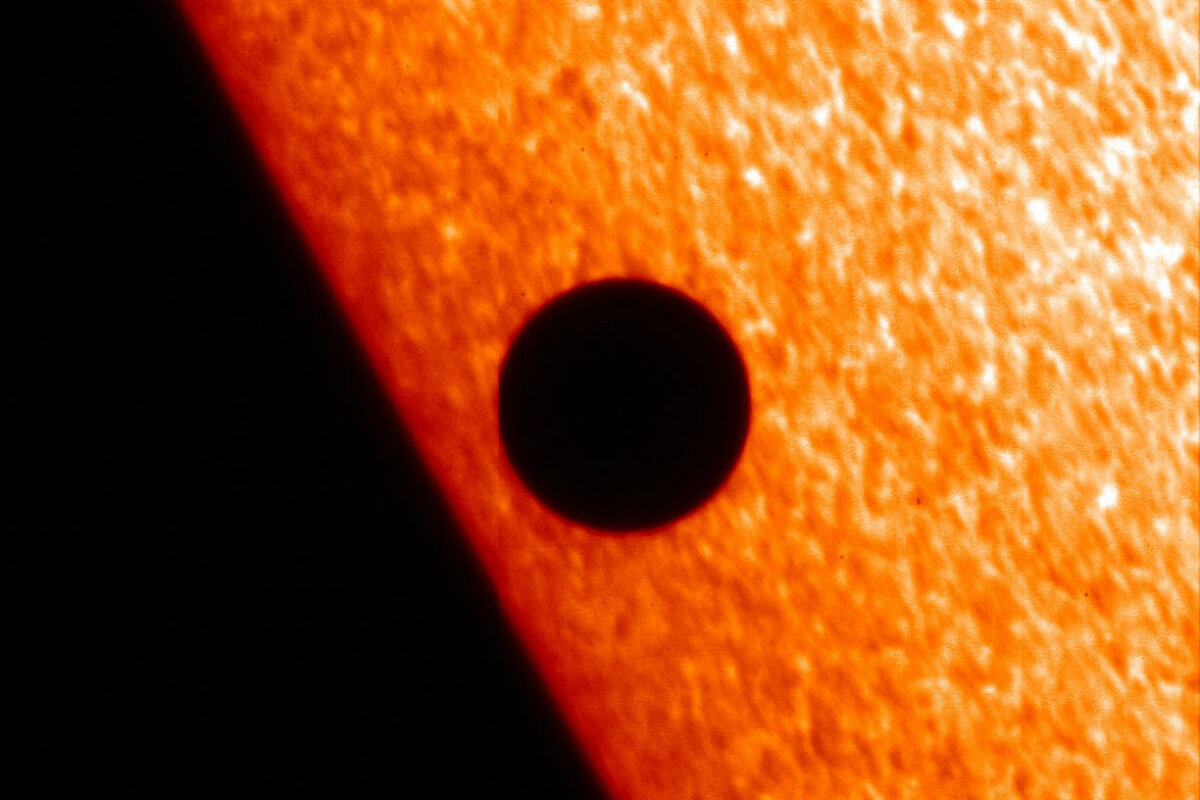Why Mercury's transit across the sun is so special
Loading...
The solar system's smallest known planet, Mercury, is embarking on an epic journey Monday,��an event that happens roughly 13 times a century.
Mercury's 7.5-hour transit across the face of the sun is a novel viewing opportunity for people with a telescope or high-powered binoculars fitted with the right kind of solar filters. NASA also will stream a live program on and the from 10:30 to 11:30 a.m. Eastern time.
For scientists, however, the transit isn’t just novel, it presents the same learning opportunity it has for nearly 400 years.
Astronomer Pierre Gassendi first viewed Mercury’s transit of the sun in 1631. In 1677, Edmond Halley realized that by noting Mercury’s varying position against the disk of the sun, as observed by viewers at distant points on Earth, it was possible to accurately calculate Earth’s distance from the sun, according to NASA.
This distance is now better calculated by radar, but Mercury’s transit is still a significant opportunity for scientists, as it offers a rare opportunity to observe the tiny planet's exosphere.
It was originally thought some objects like the moon and Mercury did not have their own atmospheres, but now scientists understand that they have ultrathin layers of gases around them, which become apparent during transit events.
"When Mercury is in front of the sun, we can study the exosphere close to the planet,” said NASA scientist Rosemary Killen. “Sodium in the exosphere absorbs and re-emits a yellow-orange color from sunlight, and by measuring that absorption, we can learn about the density of gas there.”
One effect observed during Mercury's transit of the sun has helped scientists in the search for exoplanets outside our solar system.
Mercury's transit causes a slight dip in the sun’s brightness as it blocks a tiny portion of the sun's light. Scientists discovered they could use that phenomenon to search for planets orbiting distant stars, that are otherwise obscured from view by the light of the star. When measuring the brightness of far-off stars, a repetitive slight dip in brightness might indicate an exoplanet orbiting and transiting its star.
“ has found more than 1,000 exoplanets by looking for this telltale drop in brightness," NASA said in a statement.
The best vantage points to observe today's transit, are eastern North America, South America, Western Europe, and Africa, assuming clouds are not obscuring the sun.
In those regions, the entire transit will occur during daylight hours. But viewing the transit should only be attempted with a telescope or high-powered binoculars that have been fitted with solar filters made of specially-coated glass or Mylar.
Amateur and hobby skywatchers who don't have the appropriate equipment can check out the transit online with ,��, or .





